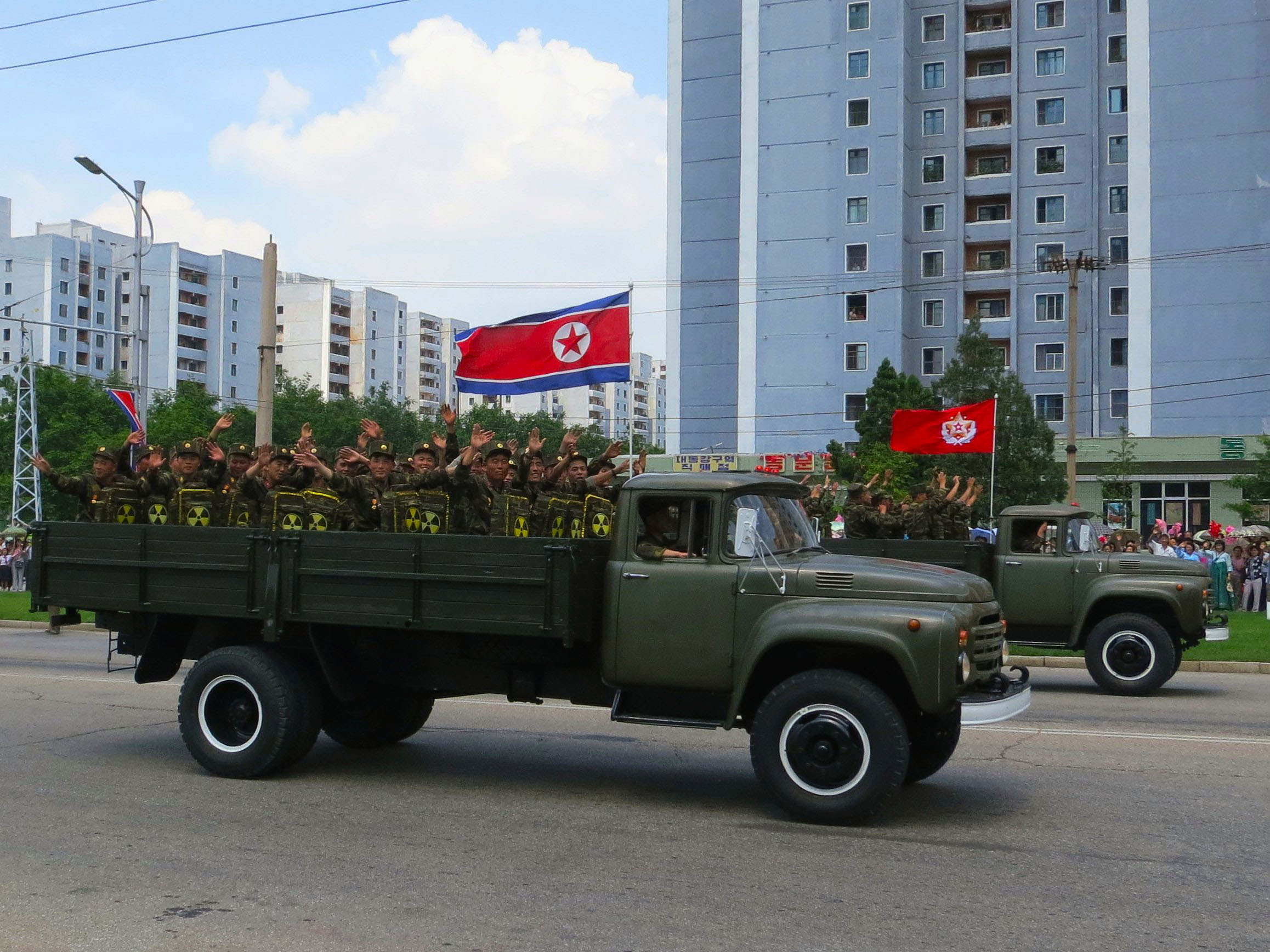[WMD] Nuclear Command, Control and Communications (NC3) in Asia Pacific
The WMD Project is an ongoing endeavour by the APLN’s network of experts to assess regional security issues, proliferation challenges, and flash points in the Asia-Pacific.
Click on the link to the left-hand side to download the full report.
Since the start of the Cold War, serious incidents with the potential to escalate to nuclear war have occurred on average once every three years between nuclear–armed states. In each case, NC3 has been integral to the cause of the crisis, contributing to the risk of possible nuclear use. This continues into 2021.
This new report by APLN research director Dr. Peter Hayes, examines the NC3 systems of six nuclear–armed states: the United States, Russia, China, India, Pakistan and North Korea. Dr. Hayes argues that understanding how these systems work and how they interact is a critical component in the discourse over weapons of mass destruction in the Asia-Pacific.
Key points:
- Nuclear command, control and communications (NC3) systems are integral to ensuring that nuclear weapons are always available for instant, deliberate use but also never used mistakenly against an adversary. These systems are harder to identify and to characterize than nuclear or missile test sites, nuclear fuel cycle or warhead production factories, or nuclear delivery sites and platforms.
- The interaction of adversarial NC3 systems creates a unique set of risks originating in potential misreading of early-warning information (“false positives” that a state is under nuclear attack when it isn’t), technological failure (which could lead to accidental nuclear war), or organizational pathology (whereby an individual or a unit acts in a way that leads to war and nuclear escalation contrary to the intention or orders of the supreme nuclear command).
- All nuclear-armed states in the Asia–Pacific region confront five shared NC3 dilemmas: NC3 vulnerability to first strike incentives; NC3 modernization and disruptive technology; nuclear decision-making and commander accountability under international law pertaining to NC3; and the pandemic-nuclear nexus and complex NC3 systems. Vulnerability of many parts of the NC3 system contributes to the risk of a nuclear war.
The report warns that NC3 systems are fiendishly complex and terrifyingly flawed, especially under the real stress of a nuclear attack. There is no consensus among nuclear-weapon states on the procedures in NC3 systems to ensure accountability and prevent illegal and inadvertent use of nuclear weapons. Dr. Hayes proposes a ‘Global NC3 Code of Conduct’ that might serve as an interim step to more stringent controls on NC3 systems.
Key recommendations:
- All the nuclear–armed states should urgently commence dialogue on the legal standards and the minimal transparency standards against which NC3 performance can be measured.
- States could develop and commit to a global NC3 code of conduct similar to the 2002 Hague Code on Missile Proliferation. This can form the basis for a NC3 dialogue in the Asia–Pacific.
- Given the complexity of NC3 interactions, establishing modern nuclear hotlines should be adopted urgently as a risk reduction measure.
- Creating a nuclear war crimes tribunal to deter nuclear commanders from manipulating nuclear risks for political or military gain for any reason.
About the Author
Peter Hayes is the Research Director of APLN. He is Honorary Professor, Center for International Security Studies, Sydney University, Australia and Director, Nautilus Institute in Berkeley, California. Professor Hayes works at the nexus of security, environment and energy policy problems. Best known for innovative cooperative engagement strategies in North Korea, he has developed techniques at the Nautilus Institute for seeking near-term solutions to global security and sustainability problems and applied them in East Asia, Australia, and South Asia. He has worked for many international organizations including the United Nations Development Programme, Asian Development Bank, and Global Environment Facility. Professor Hayes was founding director of the Environment Liaison Centre in Kenya in 1975. He has traveled, lived, and worked in Asia, North America, Europe and Africa, and has visited North Korea seven times.
This paper was presented to the APLN Weapons of Mass Destruction (WMD) in the Asia-Pacific Workshop, December 1-4, 2020, and is part of an upcoming edited volume from experts in the region titled “WMD in Asia Pacific: Trends and Prospects,” which is scheduled to be published later in 2021. The workshop was funded by the Asia Research Fund (Seoul).
Disclaimer: The views expressed in this report do not necessarily reflect the position of the Asia Pacific Leadership Network or any of its members.
Image: iStock/ Sonate

![[WMD] Nuclear Command, Control and Communications (NC3) in Asia Pacific](https://cms.apln.network/wp-content/uploads/2021/09/KakaoTalk_Photo_2021-10-01-16-29-43-002.png)


